Invented by Avi AVIDAN, Evgeny LUK-ZILBERMAN, Here Global BV
Machine learning algorithms rely heavily on large amounts of labeled data to learn and make accurate predictions. However, acquiring and labeling real-world data can be time-consuming, expensive, and sometimes impractical. Synthetic image data generation offers a cost-effective and efficient alternative by creating computer-generated images that mimic real-world scenarios.
One of the key advantages of using synthetic image data is the ability to control and manipulate various parameters such as lighting conditions, camera angles, object placement, and background settings. This level of control allows researchers and developers to create highly diverse and customizable datasets, which can be crucial for training machine learning models to handle different real-world scenarios.
Furthermore, synthetic image data generation enables the creation of labeled datasets with ground truth annotations, which are essential for supervised learning. By generating synthetic images with known labels, developers can create training datasets that are perfectly matched to the desired task or application. This level of precision and control is difficult to achieve with real-world data, where labeling can be subjective and prone to errors.
The market for a method, apparatus, and system for the generation of synthetic image data is driven by several factors. Firstly, the growing adoption of machine learning across various industries such as automotive, healthcare, retail, and gaming is fueling the demand for high-quality training data. Synthetic image data generation provides a scalable solution to meet this demand, allowing organizations to train their models more efficiently and effectively.
Secondly, advancements in computer graphics and rendering technologies have significantly improved the quality and realism of synthetic images. With the use of sophisticated algorithms and techniques, synthetic images can closely resemble real-world images, making them more suitable for training machine learning models.
Additionally, the increasing availability of powerful computing resources, such as GPUs and cloud-based services, has made it easier for researchers and developers to generate large volumes of synthetic image data. This accessibility has democratized the use of synthetic image data generation, allowing organizations of all sizes to leverage this technology for their machine learning initiatives.
The market for a method, apparatus, and system for the generation of synthetic image data is highly competitive, with several key players offering innovative solutions. These solutions range from software-based tools that allow users to create synthetic images manually to more advanced systems that leverage deep learning algorithms to generate realistic and diverse datasets automatically.
As the demand for machine learning continues to grow, the market for synthetic image data generation is expected to witness significant growth. The ability to generate large volumes of high-quality and diverse training data will become increasingly crucial for organizations looking to develop robust and accurate machine learning models.
In conclusion, the market for a method, apparatus, and system for the generation of synthetic image data to be used in machine learning is experiencing rapid growth. The advantages of synthetic image data generation, such as cost-effectiveness, scalability, and customization, make it an attractive solution for organizations across various industries. With advancements in computer graphics and rendering technologies, coupled with the increasing availability of computing resources, the market is poised for further expansion in the coming years.
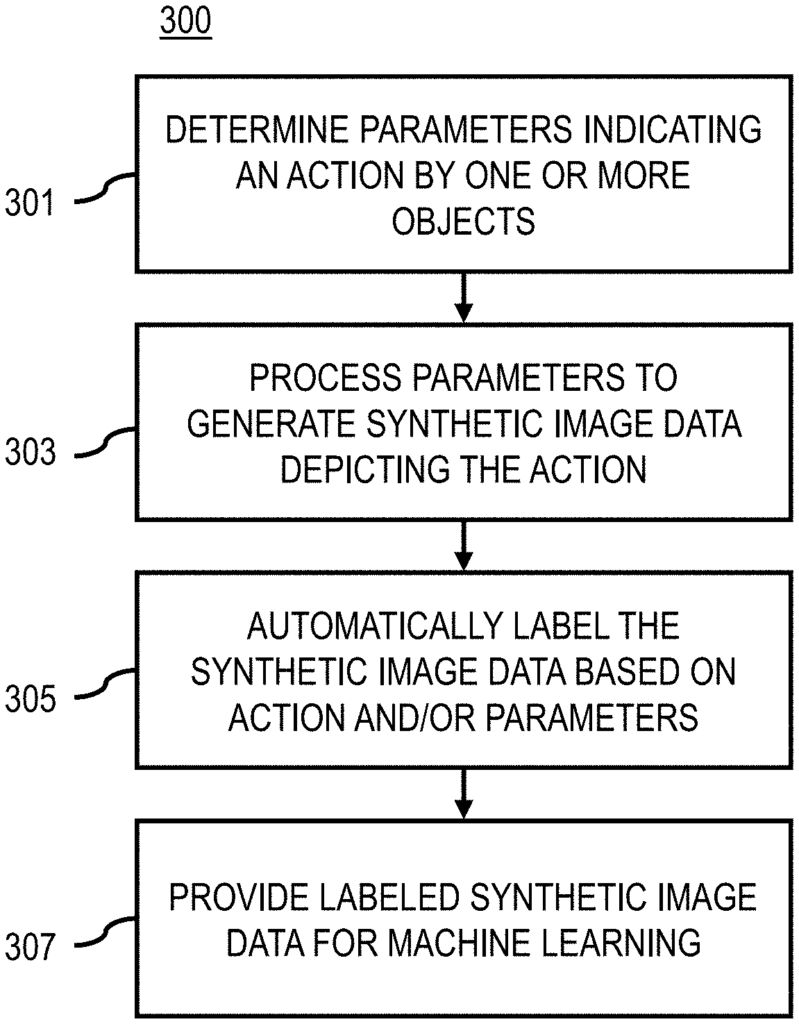
The Here Global BV invention works as follows
A method is presented for the generation of synthetic image data to be used in machine learning. This approach involves, for example, a processor determining a set parameters to indicate an action of one or more objects. The action is the dynamic movement of one or more objects in a geographical space over time. This approach involves also processing the parameters in order to produce synthetic image data. The synthetic image data includes an image sequence generated by a computer of one or more objects performing action in the geographical space over a period of time. The method further includes automatically labeling synthetic image data, with at least one of the labels representing the action, a set of parameters or a combination. The labeled image data is also used to train or evaluate a machine-learning model that detects the action.
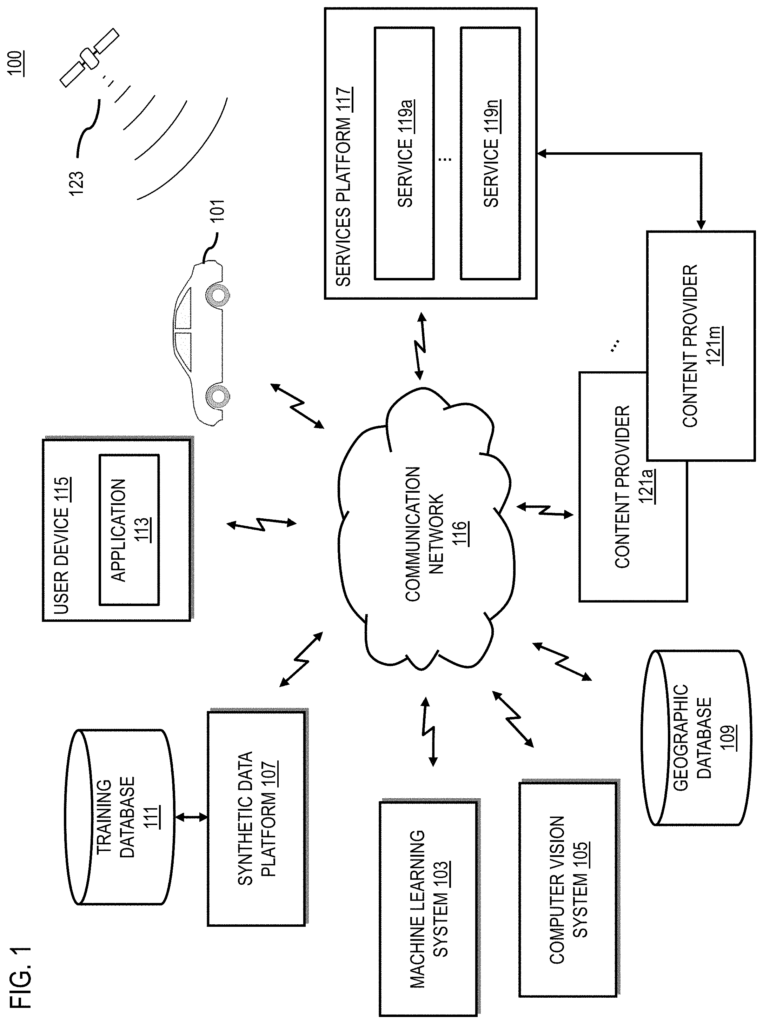
Background for A method, apparatus and system for the generation of synthetic image data to be used in machine learning
Over the past decade, the massive increase in data size and type has accelerated machine learning advances. It has led to major advancements in many fields of science and technology. Complex models of physical phenomenon or user behaviour, with millions, or even billions, of parameters, are able to be fitted onto datasets that grow larger. When such physical phenomena or behavior is characterized by actions or dynamic movements, such datasets may be rare. Service providers are faced with significant challenges in obtaining labeled datasets to train machine-learning models that can detect or classify dynamic movements or actions from image data.
SOME EXAMPLE EMBODIMENTS.
There is therefore a need to generate synthetic image data in order to use machine learning.
Accordingly to one embodiment, an computer-implemented technique comprises determining by a processor a set parameters that indicate at least one act by one or more object. For example, the at least one act could be a dynamic movement by one or more objects in a geographical space over a certain period of time. The method further comprises processing the parameters in order to produce synthetic image data. The synthetic image data comprises a computer-generated sequence of images of one or more objects performing at least one action over a period of time in the geographical space. The method also includes automatically labeling synthetic image data, with at least a label that represents the at least a single action, corresponding set of parameters or combining them. The labeled image data is further provided to train or evaluate a machine-learning model for detecting the at least one activity.
Accordingly, according to another embodiment, a apparatus comprises at the least one processor and at the least one memory, which includes computer program codes for one or several computer programs. The at the least one memory, along with the computer program codes, are configured to cause the apparatus, in conjunction with the processor, to determine, at the least, a set parameters that indicate at least a single action of one or more objects. For example, the at least one act could be a dynamic movement by one or more objects in a geographical space over a certain period of time. The set of parameters is also processed by the apparatus to produce synthetic image data. The synthetic image data comprises a computer-generated sequence of images of one or more objects performing at least one action over a period of time in the geographical space. The apparatus can also be made to automatically label the synthesized image data, with at least a label that represents the at least a single action, corresponding parameters or combining them. The apparatus can also be made to provide labeled image data to train or evaluate a machine-learning model for detecting the at least one activity.
Accordingly to another embodiment, non-transitory computer readable storage medium contains one or multiple sequences of instructions that, when executed by a processor, cause an apparatus to, at least partially, determine a set parameters for indicating a minimum one action by one object. For example, the at least one act could be a dynamic movement by one or more objects in a geographical space over a certain period of time. The set of parameters is also processed by the apparatus to produce synthetic image data. The synthetic image data comprises a computer-generated sequence of images of one or more objects performing at least one action over a period of time in the geographical space. The apparatus can also be made to automatically label synthetic image data, with at least a label that represents the at least a single action, corresponding set of parameters or combining them. The apparatus can also be made to provide labeled image data to train or evaluate a machine-learning model for detecting the at least one activity.
Accordingly, according to another embodiment, the apparatus includes means for determining by a processor a set parameters that indicate at least one act by one or more object. For example, the at least one act could be a dynamic movement by one or more objects in a geographical space over a certain period of time. The method further comprises a processing of the set parameters in order to generate synthetic images. The synthetic image data comprises a computer-generated sequence of images of one or more objects performing at least one action over a period of time in the geographical space. The method also includes automatically labeling synthetic image data, with at least a label that represents the at least a single action, corresponding set of parameters or combining them. The labeled image data is further provided to train or evaluate a machine-learning model for detecting the at least one activity.
In addition, there are various examples of embodiments of the invention: A method that facilitates the processing of (1) data and/or(2) information and/or(3) at least one signals, the (1) data, (2) information, and/or(3) at least one signal based at least in partial on (or derived at most in part from) any of the methods (or processes), disclosed in this patent as applicable to any embodiments of invention.
For different embodiments of the invention, this is also applicable: A method that facilitates access to at minimum one interface to allow access to service, the service configured to perform any combination of network provider methods (or processes), disclosed in this application.
For different embodiments of invention, the following is applicable: A method that facilitates creating and/or facilitating modifying (1) at most one device interface element and/or(2) at least two device interface functionality. The (1) at minimum one device interface element and/or the (2) at the least one user interface functionality are based, at the least in part on data and/or Information resulting from any one or more of the methods or processes described in this patent as relevant for any embodiment of this invention and/or at the least one signal resulting in any combination of these methods
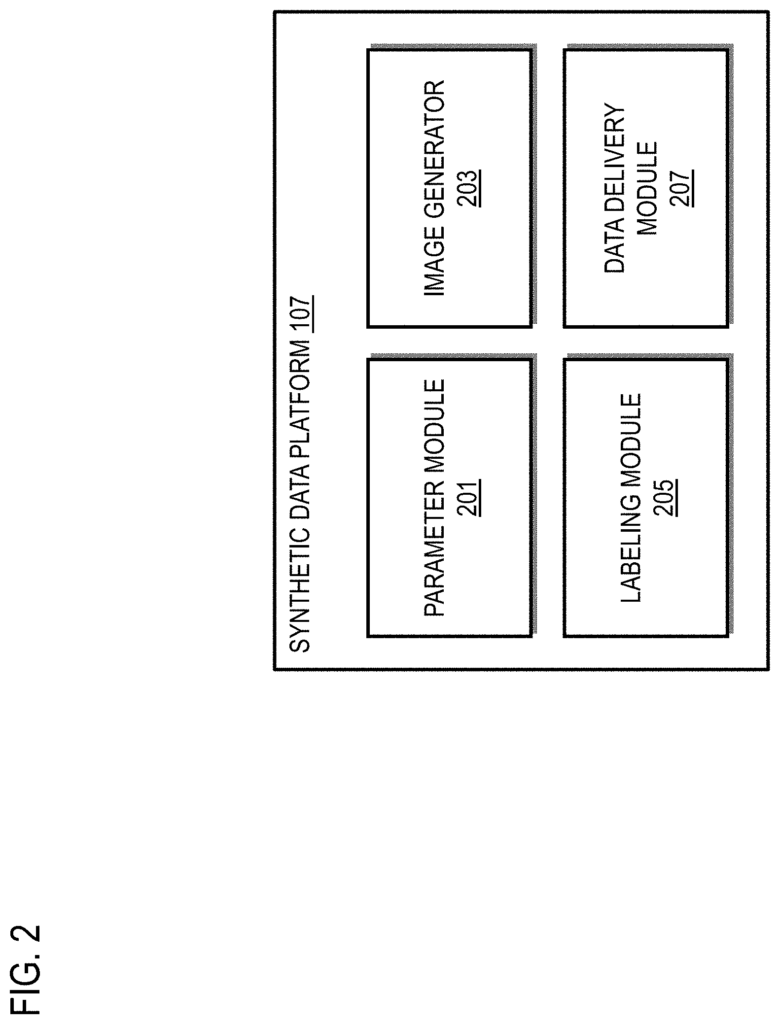
For different embodiments of invention, the following is applicable: A method that creates and/or modifies (1) at most one device interface element and/or(2) at least two device interface functionality. The (1) at minimum one device interface element and/or(2) at least two device interface functionality are based at the least in part on data or information resulting in one or more of the methods (or combinations thereof) described in this patent as relevant for any embodiment.
In different examples, the methods or processes can be done on the service provider side or the mobile device side or in any other shared way between the service provider and the mobile device with actions being taken on both sides.
For various example embodiments the following is applicable. An apparatus that includes means to perform a method as claimed.
The following detailed description will reveal other features and benefits of the invention. It simply illustrates a variety of implementations and embodiments of the invention, as well as the best way to carry out the invention. It is possible to modify the details in many obvious ways without affecting the spirit or scope of the invention. Drawings and descriptions are meant to be considered illustrative and not restrictive.
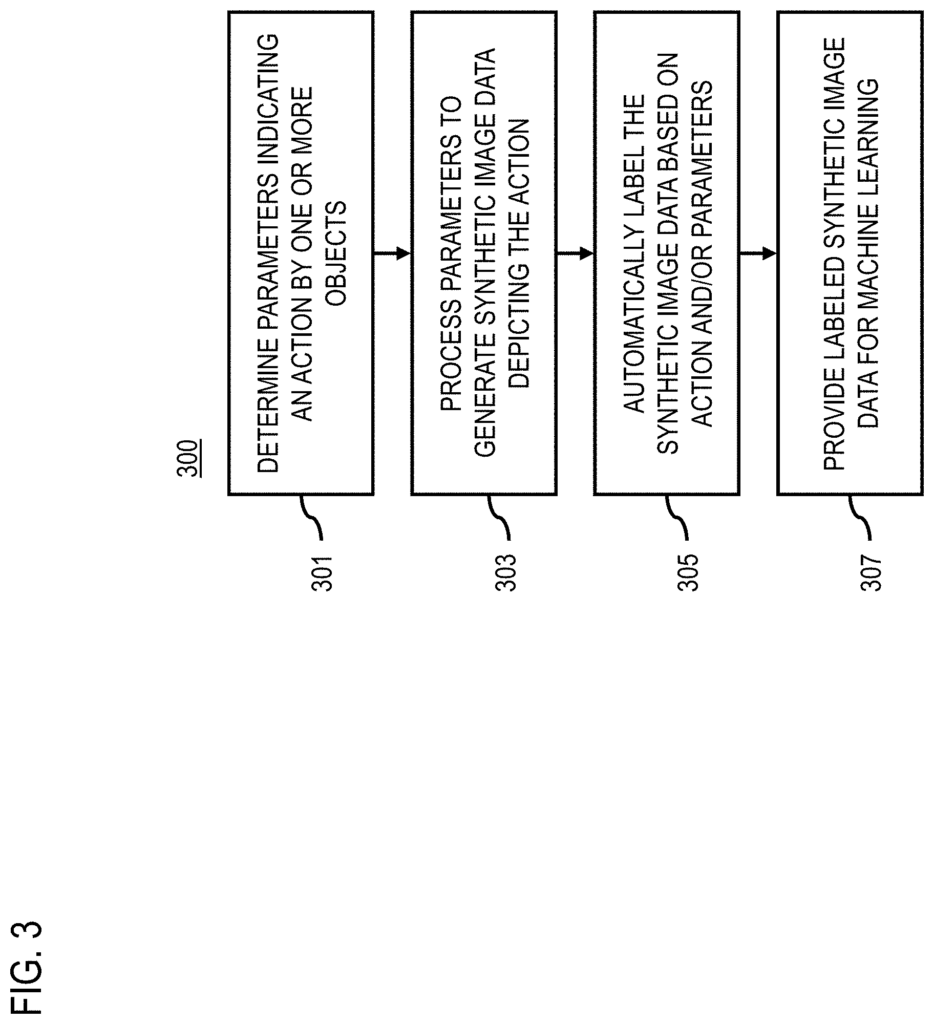
Click here to view the patent on Google Patents.
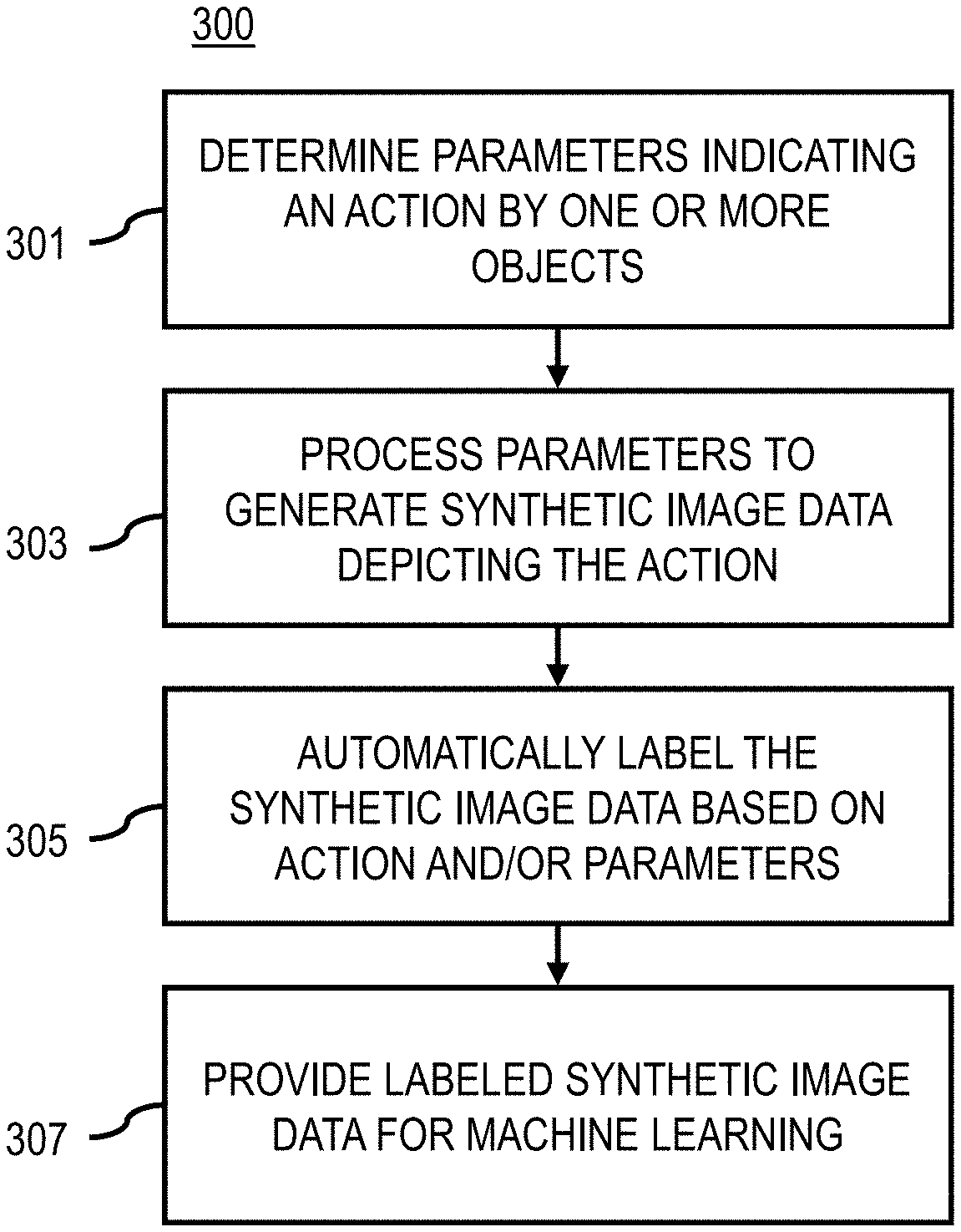
Leave a Reply